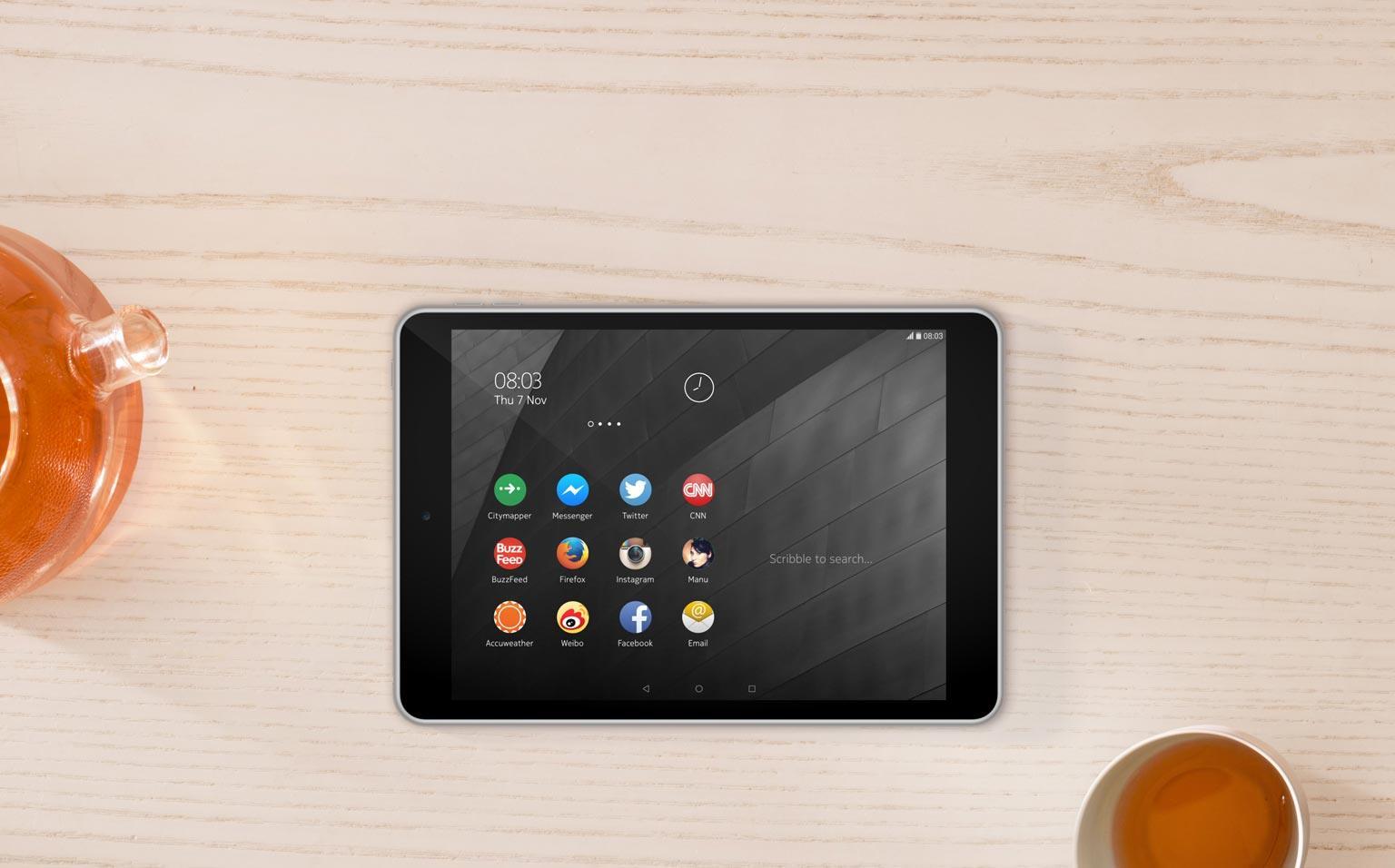
What is an Android Tablet Launcher?
An Android tablet launcher is an application that changes your tablet's home screen look and feel. It allows customization of icons, layouts, and animations. Unlike the default interface, launchers offer extensive personalization options, making your device truly unique.
Why Use a Custom Launcher?
Using a custom launcher provides more control over your tablet's appearance and functionality. Here are some compelling reasons:
Customization
Android launchers offer extensive customization options. Change icons, layouts, and themes to match your style.
Widgets
Android supports a variety of widgets, providing quick access to information and apps. This feature is useful for keeping track of important updates without opening multiple apps.
Flexibility
Android allows installation of different launchers to suit your preferences. This flexibility is a key advantage over iOS.
Performance
Some launchers can improve device performance by optimizing resources. Features like cache management and memory optimization can enhance overall speed.
Pros of Android Tablet Launchers
- Customization: Change icons, layouts, and themes for a personalized home screen.
- Widgets: Place widgets on the home screen for quick access to information.
- Flexibility: Install different launchers to find one that suits your needs.
- Performance Optimization: Some launchers manage resources efficiently, improving speed.
Cons of Android Tablet Launchers
- Compatibility Issues: Not all launchers work well with every device, leading to potential bugs or crashes.
- Learning Curve: Customization options can be overwhelming for new users.
- Battery Drain: Some launchers may consume more battery due to additional features.
- Ads: Free launchers often come with ads, which can be intrusive.
Alternatives to Android Tablet Launchers
While Android tablet launchers offer extensive customization, other alternatives might suit specific needs:
iOS Home Screen
Pros:
- Simple, consistent interface
- Smooth performance
- Integrated with Apple ecosystem
Cons:
- Limited customization
- No widgets on home screen until iOS 14
- No alternative launchers
Windows Tablet Interface
Pros:
- Familiar desktop-like experience
- Supports multiple windows
- Good for productivity
Cons:
- Limited app selection
- Less intuitive for touch use
Fire OS (Amazon Tablets)
Pros:
- Optimized for Amazon services
- User-friendly
- Affordable devices
Cons:
- Limited to Amazon Appstore
- Fewer customization options
- Ads on lock screen for cheaper models
Suggested Alternatives
Nova Launcher
Pros:
- Highly customizable
- Smooth performance
- User-friendly
Cons:
- Resource-intensive
Microsoft Launcher
Pros:
- Integrates well with Microsoft services
- Clean interface
- Good for productivity
Cons:
- Limited customization options
- Resource-intensive
Action Launcher
Pros:
- Quick access to apps
- Customizable
- Unique features
Cons:
- Resource-intensive
- Steep learning curve
Apex Launcher
Pros:
- Balanced features and performance
- Lightweight
- User-friendly
Cons:
- Limited unique features
- Not as customizable as some other launchers
Choosing the Right Launcher
Choosing the best Android tablet launcher depends on your specific needs and preferences. Here are some tips:
Identify Your Needs
- For a clean interface, consider Nova Launcher or Microsoft Launcher.
- For a minimalist design, Evie Launcher is a solid choice.
- For productivity, Microsoft Launcher integrates well with Office apps.
- For quick access to apps and shortcuts, Action Launcher is great.
Experiment with Different Launchers
- Most launchers are free, so try them without any risk.
- Experiment with a few to see which one fits your style best.
Consider Performance
- Some launchers can slow down your device if they have too many features or animations.
- Lightweight options like Apex Launcher are designed to be fast and efficient.
Read Reviews and Check Compatibility
- Read reviews from other users to get an idea of how well a launcher works on your specific device.
- Check compatibility before installing a new launcher to avoid potential bugs or crashes.
Choosing the best Android tablet launcher is a personal decision that depends on your specific needs and preferences. By understanding the pros and cons of different launchers and considering your requirements, you can select a launcher that customizes your user experience perfectly. Whether you prefer a clean interface, quick access to apps, or extensive customization options, there is an Android tablet launcher out there for you. Happy customizing!
